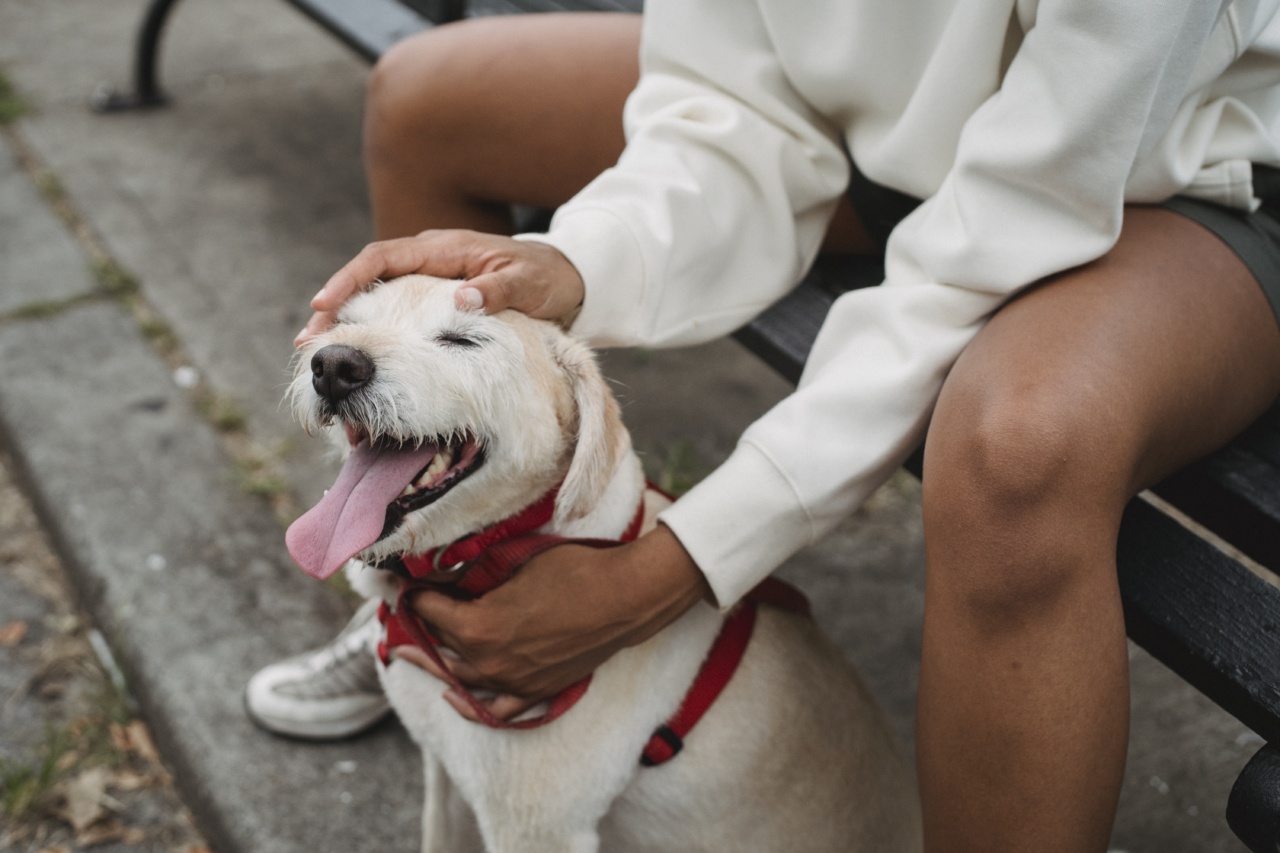Walking your dog should be a fun and enjoyable experience for both you and your furry friend. However, if your dog pulls on their leash, it can quickly turn into a frustrating and uncomfortable situation.
Fortunately, there is a solution to your walking problems: the no-pull dog harness.
What is a No-Pull Dog Harness?
A no-pull dog harness is a type of harness designed to teach dogs not to pull on their leash during walks. The harness is made with a front leash attachment that redirects your dog’s pulling motion towards you instead of pulling you forward.
This reduces the amount of force your dog can exert on their leash, making it easier to control your dog and prevent unwanted pulling behavior.
Benefits of Using a No-Pull Dog Harness
There are a number of benefits to using a no-pull dog harness, including:.
1. Better Control
One of the primary benefits of a no-pull dog harness is that it gives you better control over your dog during walks. This is especially important for larger or stronger dogs that may be difficult to handle on a traditional leash.
2. Reduced Pulling
As mentioned, a no-pull dog harness can reduce the amount of pulling your dog does during walks. This makes walks more comfortable for both you and your dog and can prevent injuries that may occur when your dog pulls too hard on their leash.
3. Improved Walking Experience
A no-pull dog harness can also improve the overall walking experience for both you and your dog. Without the constant pulling and tugging on the leash, you can both relax and enjoy your time together.
4. Gentle Training
Using a no-pull dog harness is a gentle and effective way to train your dog not to pull on their leash.
Unlike using a choke or prong collar, which can cause pain and discomfort, a harness is a more humane option that can help achieve the desired behavior over time.
Types of No-Pull Dog Harnesses
There are several different types of no-pull dog harnesses available, including:.
1. Front-Clip Harness
A front-clip harness is the most common type of no-pull harness. It features a leash attachment at the front of the harness, which redirects your dog’s pulling motion towards you. This type of harness is effective for most dogs and is easy to use.
2. Back-Clip Harness
A back-clip harness features a leash attachment at the back of the harness, which is not effective for reducing pulling.
However, it can be a good option for dogs that have already been trained not to pull and are less likely to revert to old habits during walks.
3. Head Halter
A head halter is a type of harness that fits over your dog’s muzzle and head. It provides gentle control by allowing you to control your dog’s head and where they’re looking during walks.
However, some dogs may find head halters uncomfortable or intimidating, so it’s important to introduce them slowly and in a positive way.
How to Choose the Right No-Pull Dog Harness
When choosing a no-pull dog harness, there are a few things to keep in mind:.
1. Size
Make sure to choose a harness that fits your dog properly. A harness that is too loose or too tight can cause discomfort or even lead to injuries. Measure your dog’s chest and neck to ensure you choose the right size.
2. Style
Consider which type of no-pull harness is best suited for your dog’s needs and behavior.
A front-clip harness is typically the best option for most dogs, but if your dog has already been trained not to pull, a back-clip harness may be a good alternative.
3. Material
Choose a harness that is made from high-quality materials that are durable and comfortable for your dog to wear. Look for breathable materials that won’t cause your dog to overheat during walks.
Training Tips for Using a No-Pull Dog Harness
Using a no-pull dog harness is an effective way to train your dog not to pull on their leash, but it’s important to follow these training tips:.
1. Introduce the harness gradually
Before using the harness for walks, let your dog wear it around the house and yard to get used to it. Reward your dog with treats and praise to help create positive associations with the harness.
2. Use positive reinforcement
During walks, use positive reinforcement techniques such as treats and praise to reward your dog for good behavior. Avoid punishing your dog for pulling, as this can create a negative association with the harness and make training more difficult.
3. Be consistent
Consistency is key when using a no-pull dog harness. Use the harness every time you walk your dog and be patient as you work on training. With time and practice, your dog will learn to walk calmly on their leash.
Conclusion
A no-pull dog harness is a valuable tool for teaching dogs not to pull on their leash during walks. With its front leash attachment, a no-pull harness can effectively reduce pulling and provide better control for dog owners.
By choosing the right harness and following proper training techniques, you can enjoy a more enjoyable and stress-free walking experience with your furry friend.






























